Whether you're an avid sportsman or a beginner, you've probably already gone through the dilemma of "taking a break or getting back into sports while feeling sore". Which one should you choose to soothe your muscles after a physical effort and ease the pain? To answer this question, nothing is better than to understand what causes these aches and pains.
Why do I get aches and pains?
Muscle soreness is a pain of varying intensity that we feel in our muscles after practising sport, or after intense physical exercise. They generally appear between 12 and 72 hours after muscular work, with an intensity that varies according to the physiology of each organism. These muscular pains are caused by small cuts, or more precisely micro-tears in the muscular tissues during the activity. Another older idea, which is often mistaken, is that aches and pains are linked to the accumulation oflactic acid in the muscles during exercise.
In fact, to develop and strengthen muscles, it is necessary to go through this phase of small tears. This allows the body to create new cells and thus repair the muscle in question. It goes without saying that it is necessary to give the muscles time to recover and reform the tissue.
A fortiori, continuing to do sports activities while experiencing severe pain is equivalent to taking a machine to the end of its limits and even beyond. This means that the muscular pains one feels are like signals, warnings indicating their limits and that going beyond them could be dangerous, in this case it could lead to cramps or even more important muscle tears.
Sometimes you may not feel anything, but that doesn't mean the training was bad. To learn more about this phenomenon, here is a complete article on the subject: Understanding muscle soreness
But then, is it forbidden to practice physical activities while having aches and pains?
Well, some people may experience soreness for one day, others for several because everyone is different and so is the training intensity of the program they are following. It is therefore advisable not to work your muscles until they have recovered! However, there is nothing to stop you from doing so, but be aware that you risk not only an injury, but possibly an overtraining of the muscle being trained. Even if to have an overtraining, you need to gather several parameters.
Even if it is essential to always remain active to allow the muscles to recover, you can then solicit another muscle or muscle group on which you do not have pain. In fact, bodybuilders who practice the Split in bodybuilding organize themselves in this way. Namely, to be able to recover as much as possible since they change muscle every day. To learn more about the split, you can read this article here: What is a split workout program?
Otherwise, if you are following another program, it is advisable to take a full day of rest to recover.
Are sorenesses a sign of a very good session?
Is it possible to continue the sports session despite the presence of muscle tension and, above all, is muscle soreness a sign of a successful session? Muscles are made up of myosin and actin fibers that slide over each other during the muscle contraction phase, then relax during the relaxation phase.
Depending on the muscle groups you work, the fibers undergo microtrauma of varying intensity. The body needs a minimum of 48 hours for proper recovery, in combination with a balanced diet and good hydration. After this rest phase, you can resume your bodybuilding sessions.
Therefore, we must assume that the presence of muscle soreness is not an explicit sign of better training. In fact, muscular disorders can occur :
- After a long period of muscular inactivity.
- When you start a brand new weight-training program or new exercises.
- When you change machines or rooms. Indeed, the working angles are different from one machine to another.
In other words, regular practice of the same exercise reduces the occurrence of microtrauma and muscle damage. You can therefore have a very good session and feel nothing at all. In any case, with or without aches and pains, you should let the muscle group worked on that day rest the next day or the day after. In fact, every program that exists takes this into account. Whether it is SPLIT, PPL or Full body, the routines are designed to recover properly.
In this way, you can establish your training programme by alternating the muscle groups to be worked, which will enable you to maintain the regularity and consistency of your training sessions and above all to allow tired muscles to benefit from an absolutely essential rest. This will prevent you from doing sports over the aches and pains.
What are the natural remedies to reduce aches and pains?
To relieve your aches and pains, there are alternatives available to you, starting with some stretching at the end of the session.
- A hot bath to relax your muscles: Heat promotes blood circulation through vasodilatation. Run a nice relaxing bath and after half an hour, your muscles will relax.
- Fango poultice: This is a volcanic mineral mud that has the ability to draw toxins out of the tissue. You can find it in pharmacies. Before using it, warm it for 10 minutes in boiling water and then apply to the painful area until the poultice has cooled completely. Make sure it is not too hot or you will get burnt! You can apply it 2 to 3 times a day. Drink more than 1.5 litres a day, spread out. To choose it well, prefer a composition whose total mineralization is equal or lower than 1 000 mg/litre.
- Wintergreen essential oil: This plant has an anti-inflammatory action. You can apply a mixture of 2 drops of this oil with 1 teaspoon of vegetable oil (hazelnut or jojoba oil) directly on the painful area. Repeat the friction 2 or 3 times a day.
- Foot reflexology: Toxins accumulated in the muscles are eliminated by the kidneys. The plantar reflex zone is located in the center of the feet. Gently massage with your thumb after applying a massage cream or oil, for 10 minutes, twice a day.
- A massage with Arnica oil: It is the plant par excellence to use in case of muscular pain due to muscular injury and inflammation. You will find it in pharmacies or parapharmacy. Apply 3 times a day for 10 minutes, directly on the affected area.
- Stretching: stretching after exercise and especially with aches and pains will only aggravate muscle trauma. Focus also on a good warm-up before the session: it favours the mechanical preparation of the joints and muscles, but also increases the body temperature and the cardiac output, which strengthens your cardiovascular system.
Conclusion
The best advice is to always listen to your body. Know where your limits are and act accordingly.
In short, it is not really advisable to practise sport when you have aches and pains, unless the efforts you make require a minimum of effort from the sore muscles. This will also allow you to help them develop better.
So make sure you warm up, stretch your muscles and prepare your joints before and after sport. Listen to your body and take breaks when you need to.
Other articles to read :
How to do the deadlift correctly?

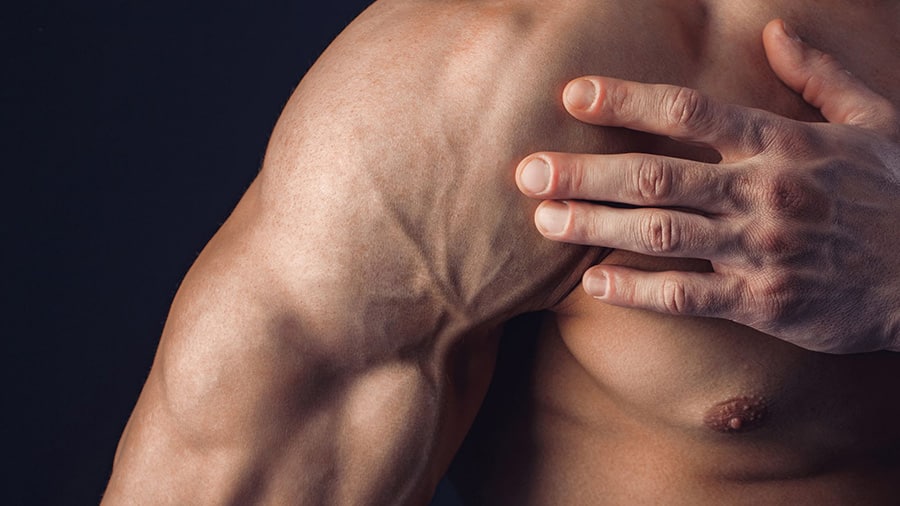
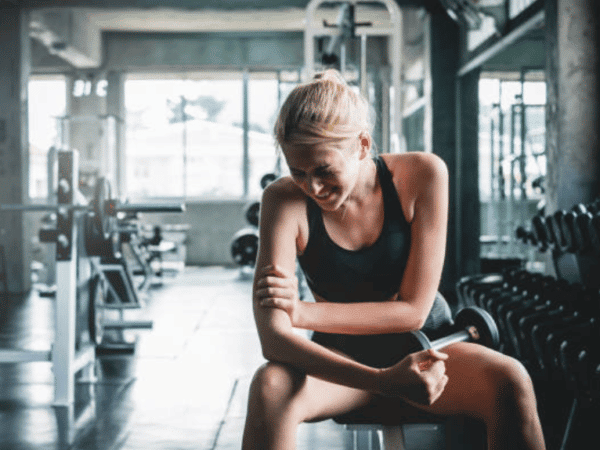
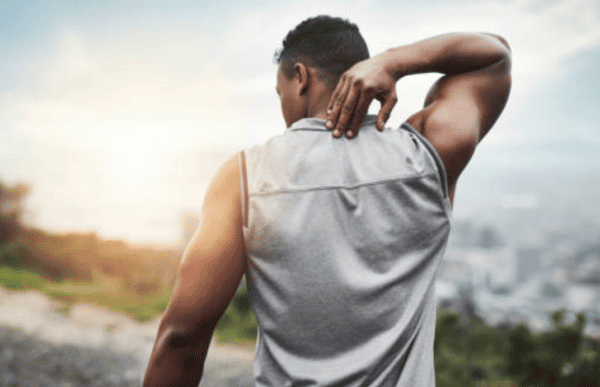
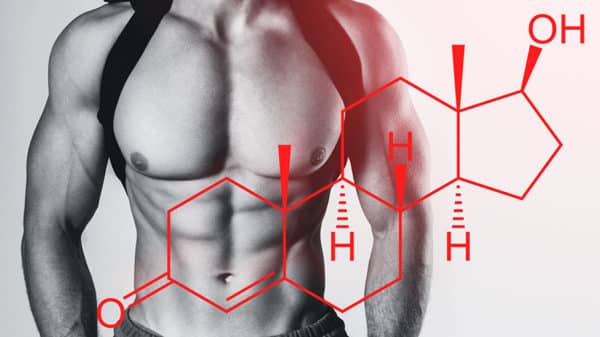
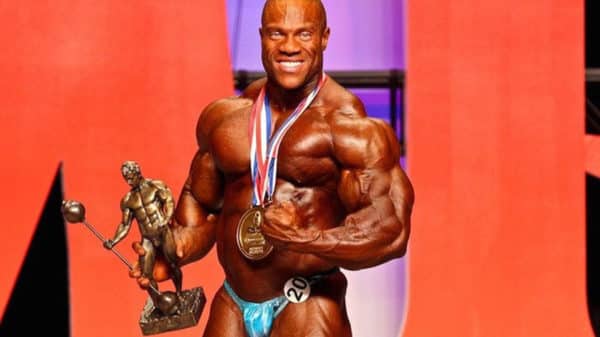
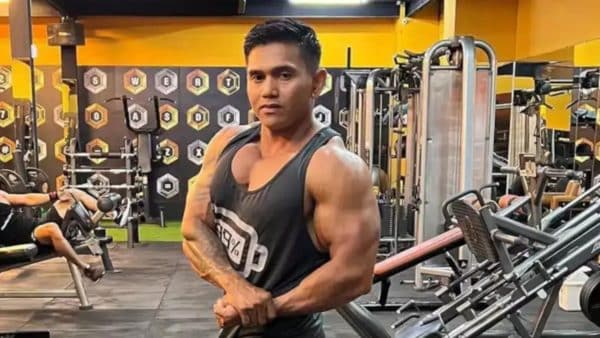



3 Comments
stretching and massages are still the best natural remedies to use after your session
Hi
I wanted to know if it was normal to have aches and pains only 4 hours after my workout?
If you have the time to reply I would be very grateful